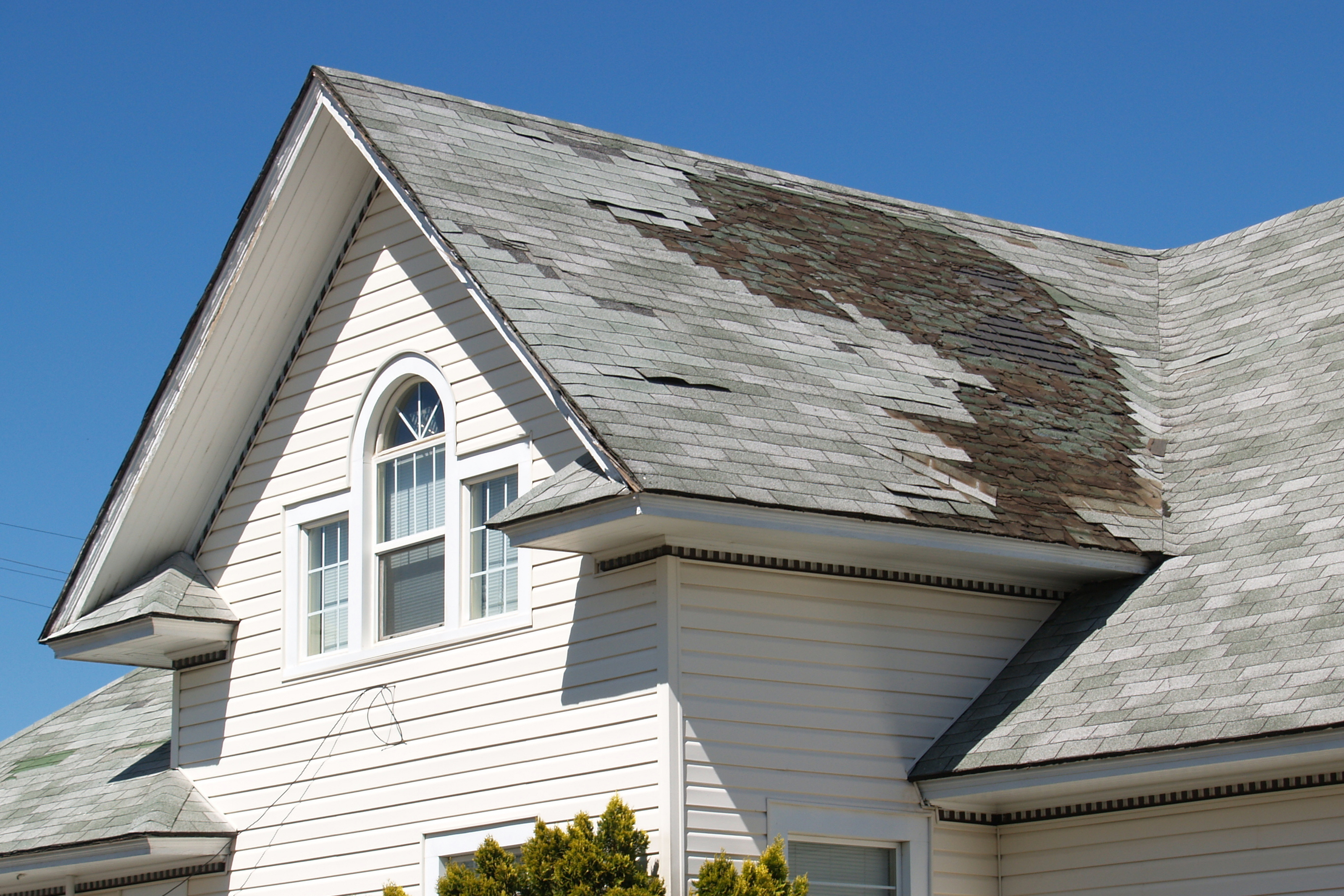

Inspect and Repair Roof Leaks: DIY Solutions for Homeowners
Roof leaks can be a homeowner’s nightmare, but with the right knowledge and a bit of DIY spirit, you can inspect and repair them yourself. This comprehensive guide will take you through the steps to identify, assess, and fix roof leaks, ensuring a watertight and secure home.
Understanding the Signs of Roof Leaks
The first step in addressing roof leaks is recognizing the signs. Look for water stains on ceilings or walls, peeling paint, or bulging patches – these may indicate water infiltration. Additionally, check for dampness or mold in your attic. Identifying these signs early can help prevent further damage to your home’s structure.
Safety First: Preparing for Roof Inspection
Before climbing onto your roof, prioritize safety. Use a sturdy ladder and make sure it’s placed on a level surface. Wear non-slip shoes and, if possible, have someone assist you from the ground. Only inspect your roof in dry and clear weather conditions to reduce the risk of accidents.
Examining the Roof Surface
Once safely on your roof, carefully inspect the surface for any visible signs of damage. Look for cracked or missing shingles, damaged flashing around chimneys or vents, and areas with accumulated debris. Take note of any potential entry points for water and areas that may need repair.
Checking Flashing and Seals
Flashing, the material used to seal joints and seams in your roof, is a common source of leaks. Inspect flashing around chimneys, vents, and skylights for signs of damage or deterioration. Check that the seals are intact and free from cracks or gaps. If you notice any issues, they may need to be resealed or replaced.
Investigating Shingle Issues
Damaged or missing shingles can compromise your roof’s integrity. Look for curled, cracked, or dislodged shingles, as well as granules collecting in gutters – a sign of shingle deterioration. Replace any damaged shingles promptly to prevent water from penetrating the roof structure.
Assessing Ventilation and Insulation
Proper attic ventilation and insulation are crucial for preventing roof leaks. Check that your attic is adequately ventilated to avoid the buildup of moisture, which can lead to mold and rot. Inspect insulation for signs of water damage or compression, as compromised insulation can impact your roof’s performance.
Using a Hose to Simulate Rainfall
To identify hard-to-spot leaks, simulate rainfall by using a hose on your roof. Have a helper inside the house to identify any water entry points as you direct the hose over different sections of the roof. This method can reveal leaks that may not be apparent during a visual inspection.
DIY Repair Techniques
If you’ve identified the source of the leak, you can proceed with DIY repairs. For small holes or cracks in shingles, use roofing cement to seal the damaged area. Replace missing or damaged shingles with new ones, ensuring a secure fit. For damaged flashing, use a pry bar to remove the old material and replace it with a new piece.
When to Seek Professional Help
While many roof leaks can be addressed with DIY solutions, some situations may require professional assistance. If your roof is steep, if you’re uncomfortable with heights, or if the damage is extensive, it’s best to consult a roofing professional. They have the expertise and equipment to handle complex repairs and ensure the long-term integrity of your roof.
Preventive Measures for Future Leaks
Once you’ve repaired the roof, consider implementing preventive measures. Regularly clean your gutters to prevent water backups, trim overhanging branches, and inspect your roof at least twice a year. Addressing issues promptly and maintaining your roof will help prevent future leaks and extend its lifespan.
Conclusion: A DIY Approach to Roof Health
Inspecting and repairing roof leaks on your own is a feasible and rewarding task for many homeowners. By understanding the signs, prioritizing safety, and addressing issues promptly, you can maintain a watertight roof and protect your home from the damaging effects of leaks.
For more detailed guidance on inspecting and repairing roof leaks on your own, visit mimimises.org for expert tips and additional resources.
